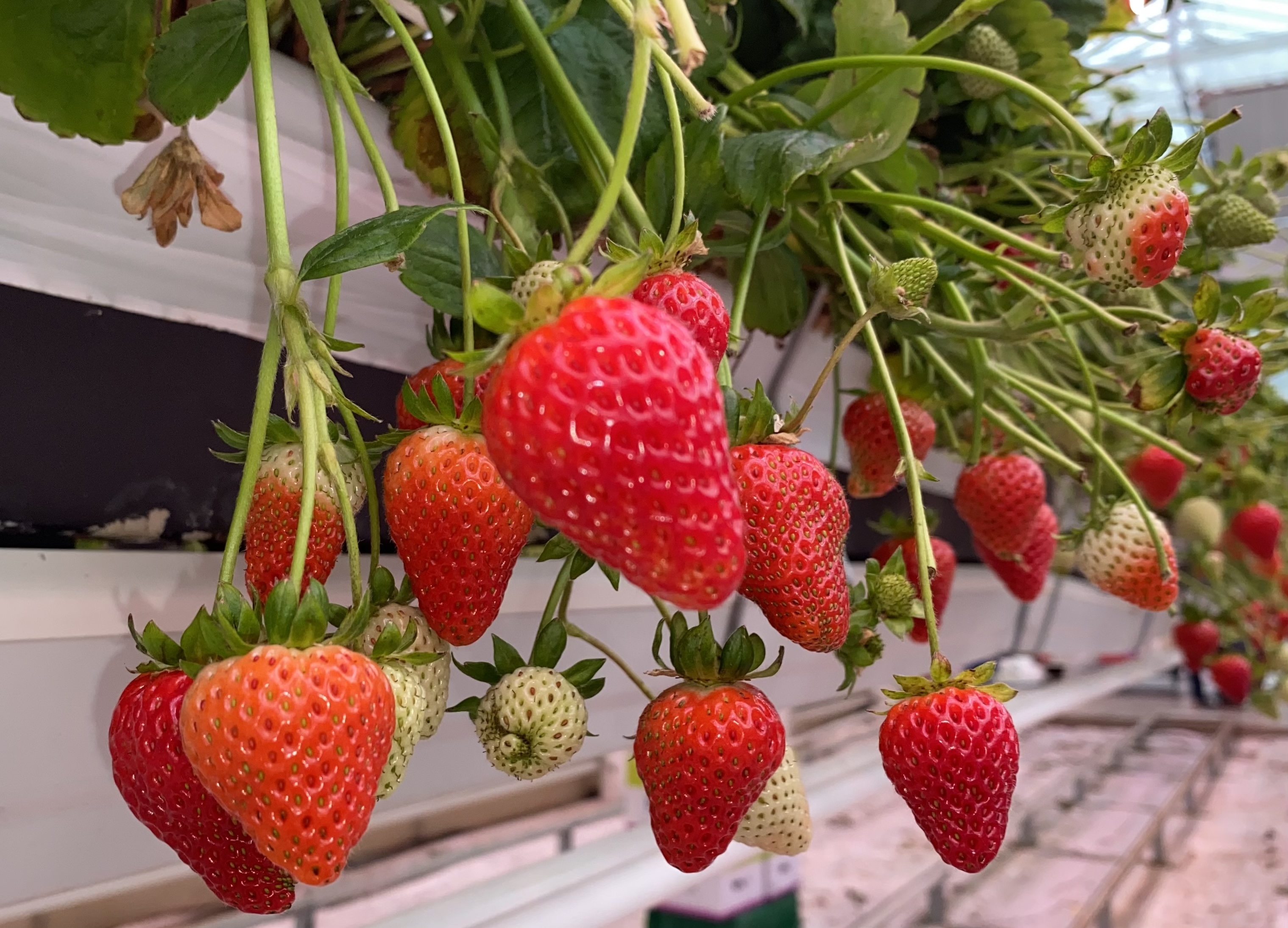Preface
Over the years, the consumer has become more demanding. Indeed, he is faithful to his habit of consuming a certain range of food products. However, population growth, loss of arable land and climate change complicate the task of producers and affect their ability to meet demand. Sollum Technologies, a pioneer in smart lighting solutions, is revolutionizing the industry by creating natural light recipes that can increase the volume and variety of greenhouse production and deliver it to consumers year-around.
Introduction
In order to enable activity both by day and by night, artificial lighting is used to complement or replace natural light. Different technologies with basic controls, such as a switch or a conventional dimmer, are coupled with lighting systems to inhibit darkness. Although they provide acceptable lighting, artificial light, as it is understood by the public at large, doesn't replace natural light, in particular with regard to its richness¹, and specifically its spectral content.
The principal differences between natural light and the most common artificial lighting solutions currently available on the market are explored by examining several lighting solutions used and adapted for horticultural applications¹.

Lighting Solutions
High Pressure Sodium-Vapor Lamp
The high-pressure sodium-vapor lamp is a discharge lamp, which means that the lamp emits light following the excitation of gas by electrical discharges. Specifically, photons are emitted when gas molecules experience changes in energy levels due to the flow of electrons. These changes in energy levels are called “electronic transitions”.
The light created by an HPS lamp is propagated in all directions, so 360 degrees. That's why the device is frequently deployed in tandem with a reflector, so the light is redirected to the target growth surface.
The light emission produced by a gas-based reaction is characterized by a spectrum whose wavelengths are primarily situated between 550nm and 700 nm, which gives the light an amber color. In other words, the wavelengths emitted by a discharge lamp are specific to the gas involved and its excitation properties. For example, in the spectrum graph below, see the spectrum of an HPS lamp.

White Light LED
The light-emitting diode (LED) is an optoelectronic component. In other words, an LED is a light source that emits light when the electronic component is activated by, an electrical current. In brief, photons are emitted when electron recombination (emissive transitions) occur between the portion of the semiconductor with an electron deficit and the portion of the semiconductor with an excess of electrons.
There are two principal methods for creating white light with LED technology. The first is called “phosphorus conversion,” which entails covering a blue light-emitting LED with phosphorus, whereas the second consists of blending red, blue and green colored lights.
– Phosphorus Conversion
White LEDs came about in the 1990ies thanks to the development of the blue high- power LED. The application of a phosphorescent coating on the semiconductor enables the production of a spectrum that extends to red based on the original, highly constrained spectrum of a blue LED.
Phosphorus conversion white LEDs emit a broad spectrum of light, albeit without adhering to the proportions of natural light for a given spectrum. With regard to the color proportions relative to the entire spectrum, the peak in the blue segment (located between 450 and 470 nm) compensates for the absence of light on either side of these wavelengths. Compared to the complete spectrum of sunlight, there is a significant portion of colors missing between 470 and 505 nm of the spectrum between the blue and green of a white LED – the portion known as cyan. Moreover, the presence of colors in the red section of the spectrum doesn't conform to natural light, that is to say that daylight has a spectrum which extends well beyond that which is visible to the human eye.





